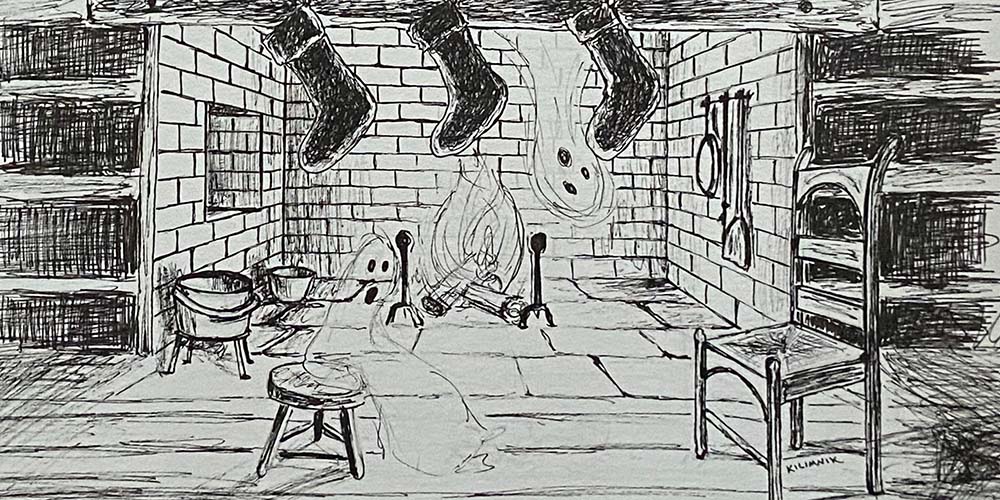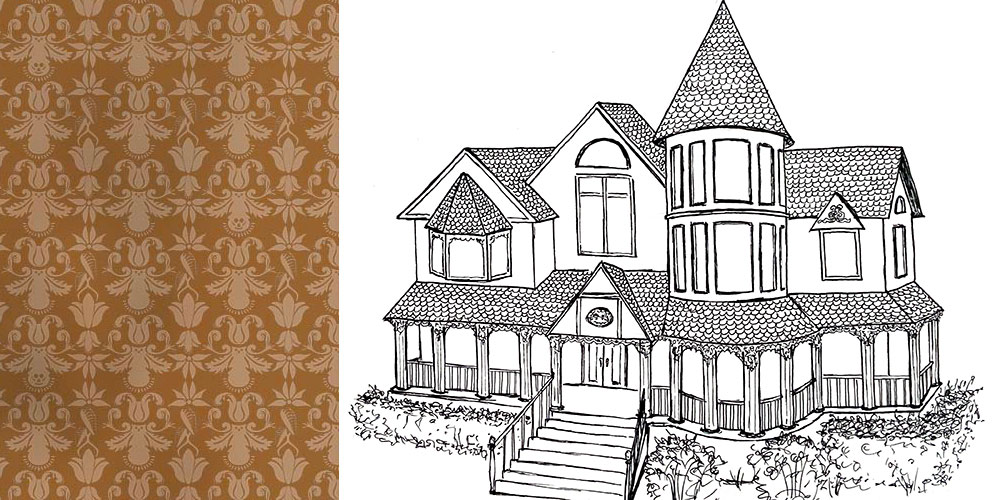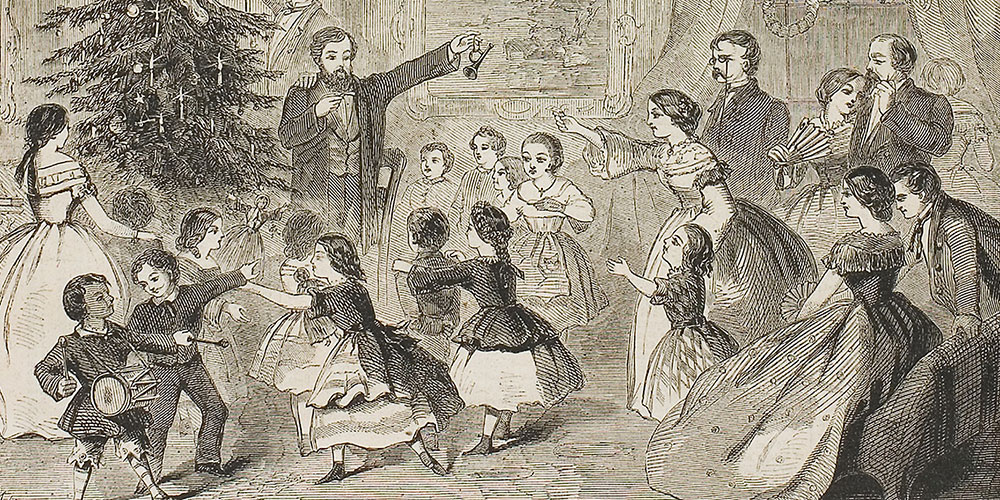How to Draw a Haunted House With Process Drawing Videos

Follow along with Becky’s process drawing YouTube videos to learn to draw a scary, cute, or funny haunted house.
Why do we tell ghost stories at Christmas?

Why Christmas ghost stories? What is the allure of telling scary ghost stories at Christmastime? The tradition goes back to ancient times.
Why are Victorian houses haunted?

Why do we associate haunted houses with Victorian architecture? Is it something cultural, or are these intricate structures more prone to holding onto their ghosts?
Christmas ghost stories and why the Victorian era was creepy AF

The Victorians certainly didn’t invent the tradition of telling ghost stories at Christmas. Because, as we know, people have enjoyed scaring the hell out of each other for centuries.
The Long Lost Tradition of Telling Ghost Stories at Christmas

Maybe it’s just because we’re all together; maybe it’s the sense of nostalgia. But there’s definitely something there.
